Irrigation pumps are usually used to pump water from a shallow water level to a higher water level, from where it flows through a canal to the field to be irrigated (lifting operation) or to the head where it needs to be sprayed with a piping system. Pumping water from a lower water level to a higher one requires using irrigation pumps (irrigation). The heights of the affected water heads vary from roughly 1 meter for typical lift operations to 40 meters for sprinkler systems.  In certain situations, you may need a drop height of more than 100 meters. The flow varies depending on the temperature, the kind of soil, the farmed crops, and the area that has to be watered. It is logical to believe that amounts of one to two liters and hectares per second occur each second. Typically, speed-controlled drives are not included in the package that comes with irrigation pumps. However, the flow may be regulated in several different ways, including turning the pump on and off; using a throttle valve in the pressure line; controlling the flow during pre-rotation (for example, with a cooling water pump); or adjusting the speed or pitch of the impeller blades. Irrigation pumps may be horizontal or vertical and can take the form of tubular casing pumps or other types of pumps.
In certain situations, you may need a drop height of more than 100 meters. The flow varies depending on the temperature, the kind of soil, the farmed crops, and the area that has to be watered. It is logical to believe that amounts of one to two liters and hectares per second occur each second. Typically, speed-controlled drives are not included in the package that comes with irrigation pumps. However, the flow may be regulated in several different ways, including turning the pump on and off; using a throttle valve in the pressure line; controlling the flow during pre-rotation (for example, with a cooling water pump); or adjusting the speed or pitch of the impeller blades. Irrigation pumps may be horizontal or vertical and can take the form of tubular casing pumps or other types of pumps.
Irrigation pump installation
This document describes how to install an irrigation pump effectively. You want the lake’s water to be in your garden, but it is in the lake. A pump is necessary to convey lake water to your sprinkler system.  The question of choosing the proper pump will be discussed in a future article. We will discuss how to use it and the necessary procedures to get it. The core procedures for pumping water from a well are consistent. We have a pipe, possibly constructed of PVC, connected to a pump and enters your water supply before entering your system. Shall we begin with the water and the hose? If you are lucky, your lake will be filled with many fish. Unfortunately, silt, plants, insects, and other debris still cannot flow through the sprinkler. The most crucial aspect of the installation is the inclusion of a filter or many filters. It is mounted on the hose’s end and intended to restrict the passage of the massive particles. The foot valve functions as a kind of filter. This device is equipped with both a filter and a check valve. The foot valve allows water to flow through the pipe after switching off the pump. This implies that the pump is kept wet (started) and that water is in the pump when activated. If the water is allowed to return to the lake, the pump will be unable to move anything except air.
The question of choosing the proper pump will be discussed in a future article. We will discuss how to use it and the necessary procedures to get it. The core procedures for pumping water from a well are consistent. We have a pipe, possibly constructed of PVC, connected to a pump and enters your water supply before entering your system. Shall we begin with the water and the hose? If you are lucky, your lake will be filled with many fish. Unfortunately, silt, plants, insects, and other debris still cannot flow through the sprinkler. The most crucial aspect of the installation is the inclusion of a filter or many filters. It is mounted on the hose’s end and intended to restrict the passage of the massive particles. The foot valve functions as a kind of filter. This device is equipped with both a filter and a check valve. The foot valve allows water to flow through the pipe after switching off the pump. This implies that the pump is kept wet (started) and that water is in the pump when activated. If the water is allowed to return to the lake, the pump will be unable to move anything except air.  An example of an integrated foot valve and integrated filter looks like this. They may also be made of PVC, aluminum, brass, or steel, among other materials. Steel is another possibility.
An example of an integrated foot valve and integrated filter looks like this. They may also be made of PVC, aluminum, brass, or steel, among other materials. Steel is another possibility.
Agricultural Irrigation Water Pump
The technology used in agriculture is undergoing fast evolution. There is continued progress being made in the areas of agricultural equipment, farm structures, and production facilities. Photovoltaic (PV) technologies have a wide range of potential uses in the agriculture sector. These applications include a mix of individual units and systems placed by utilities when they believe that a photovoltaic solution is the most effective option for meeting the requirements of distant agricultural areas. Some examples of these applications include the following: B. pumping water to irrigate crops or animals.  Two primary components make up a solar pumping system. Panels and pumps for solar energy are shown here. A photovoltaic module comprises several smaller pieces, the smallest of which is the solar cell. Each solar cell comprises two or more layers of carefully prepared semiconductor materials that, when exposed to light, create a direct current (DC). The panel’s wiring gathers this direct current at several points. After that, it is either put into a direct current (DC) pump, which pumps water while the sun is shining, or stored in a battery to be used by the pump at a later time. This article’s objective is to demystify a solar water pump system’s operation and compare and contrast it with other types of energy sources. On farms, diesel is often used to produce energy.
Two primary components make up a solar pumping system. Panels and pumps for solar energy are shown here. A photovoltaic module comprises several smaller pieces, the smallest of which is the solar cell. Each solar cell comprises two or more layers of carefully prepared semiconductor materials that, when exposed to light, create a direct current (DC). The panel’s wiring gathers this direct current at several points. After that, it is either put into a direct current (DC) pump, which pumps water while the sun is shining, or stored in a battery to be used by the pump at a later time. This article’s objective is to demystify a solar water pump system’s operation and compare and contrast it with other types of energy sources. On farms, diesel is often used to produce energy.  Even though these systems may provide electricity where it is required, there are substantial downsides, such as:
Even though these systems may provide electricity where it is required, there are substantial downsides, such as:
- Fuel must be transported to the generator’s site, which might be reasonably remote and surrounded by challenging roads and terrain.
- Their noise and smoke may be disruptive to animals.
- Leaks may contaminate the nation and increase fuel prices.
- Generators need extensive maintenance and, like other mechanical systems, fail, necessitating the availability of a limited number of replacement components.
Types of Irrigation Pump
Irrigation pumps come in wide different varieties, giving farmers options. When selecting the appropriate pump, several general factors must be considered.  Nevertheless, several applications have specific pump needs. A few of them are as follows:
Nevertheless, several applications have specific pump needs. A few of them are as follows:
- It is necessary to have relief and pressure (or head).
- inhalation circumstances (conditions)
- frequency used in work.
- It is necessary to be reliable.
- accessible power
- electricity cost per unit.
- capital costs, depreciation, and interest costs.
- Constraints imposed by the physical environment (for example, does the pump have to be installed in a constrained location, such as a borehole?)
- Availability of shelter (for example, does the motor need waterproofing?)
The irrigation system you have will determine which pump is most suitable for your needs. The amount of pump power necessary is determined by the irrigation system and how it is run. You will be able to pick the best pump for your scenario if given a description of the pump and its performance.  Based on how energy is supplied to the water, pumps are divided into two primary categories: Positive displacement pumps include rotodynamic pumps (such as centrifugal pumps, mixed-flow pumps, and mixed-flow borehole pumps) and axial pumps (for example, piston pumps and helical-rotor pumps). Excellent efficiency at relatively high pressures is the primary requirement for pumping equipment used in commercial sprinkler irrigation. This criterion often restricts spray system pumps to rotodynamic pumps. Centrifugal pumps are a prominent example of the rotodynamic pump class in agriculture. In certain situations, positive displacement pumps may be used for small systems needing pump discharges of less than 2 L/s (2 liters per second). A pumping velocity of 2 L/s is a shallow flow that might be utilized in nurseries with misting jets, vegetable fields with drip irrigation, or at home.
Based on how energy is supplied to the water, pumps are divided into two primary categories: Positive displacement pumps include rotodynamic pumps (such as centrifugal pumps, mixed-flow pumps, and mixed-flow borehole pumps) and axial pumps (for example, piston pumps and helical-rotor pumps). Excellent efficiency at relatively high pressures is the primary requirement for pumping equipment used in commercial sprinkler irrigation. This criterion often restricts spray system pumps to rotodynamic pumps. Centrifugal pumps are a prominent example of the rotodynamic pump class in agriculture. In certain situations, positive displacement pumps may be used for small systems needing pump discharges of less than 2 L/s (2 liters per second). A pumping velocity of 2 L/s is a shallow flow that might be utilized in nurseries with misting jets, vegetable fields with drip irrigation, or at home. 
Drip Irrigation Pump
As mentioned in earlier parts of this document, the field of agriculture uses a wide variety of irrigation techniques. Drip irrigation is the most cost-effective option and significantly reduces the amount of water needed for each plant. To employ several types of drippers with the water supply. A potential difference is required for an irrigation pump, also known as a drip irrigation pump, to provide pressure for the irrigation system. However, natural water sources such as wells, aqueducts, and rivers cannot give this possible variation in water quality. To generate this kind of energy, it is necessary to use specialized pumps designed for drip irrigation.  In the following, we shall discuss several aspects that contribute to the overall power of the pump. In light of this and taking into consideration the circumstances as they now stand, we will get the pump for the drip irrigation system and the place where it will be installed ready for use.
In the following, we shall discuss several aspects that contribute to the overall power of the pump. In light of this and taking into consideration the circumstances as they now stand, we will get the pump for the drip irrigation system and the place where it will be installed ready for use.
- The depth of the water source that you are using.
- The elevation of the farmland in comparison to the pumping station
- The amount of flow
- The many kinds of pipelines, faucets, and consumables, as well as the various ways in which they might be connected to one another
- The necessary level of pressure is contained inside the droppers
A variety of pump models may be used in all types of irrigation systems. The most effective ones are for drip irrigation, which will be described quickly.
- Centrifugal pumps
When the flow rate is low and the water level is high, certain types of pumps are used. Radial water flow is included throughout these pumps. 
- Turbine pumps
These pump variants are used when a medium flow rate and water height are required.
Installation Water Pump
- In the case of a pump replacement, it is critical to determine the new pump’s pressure and flow requirements. You may get the flow rate in gallons per hour by summing the flow requirements that are given for each sprinkler or emitter in your irrigation system. You can determine the pressure by attaching a pressure gauge to the faucet or hose that will connect to the pump.
- Pick a pump that has been tested to handle the amount of flow and pressure it will see in your irrigation system. Pay careful attention to the electrical connections since they are also necessary to power the pump. Many pumps utilize a connection that is 220 volts, and in order for them to work, the outlet must be compatible with that voltage.

- Establish a connection between the pump and the irrigation system, taking care to ensure that the pump’s input valve is open and linked to the water supply of the home and that the exit valve of the pump is connected to the irrigation system itself. To avoid any leaks, the tape should be applied over the threads of the fitting before the pump is connected to it.
- Place the pump relay controller in a nearby place that is shielded from the light of the sun. After following the directions that were given, connect the controller to the pump in the manner that was specified, and then connect the relay and the pump to the electrical system in your house.
- Before the pump and control relay can be triggered and water can be pumped through the sprinkler system by the pump, the water supply to the system must first be switched on. After that, the water supply may be turned on.
Irrigation Pump Design
Before choosing an irrigation pump, it is necessary to have information and concepts such as pump speed, pump power, pump discharge, specific curves, and efficiency, which the manufacturer determines.  This information for pumps, including irrigation pumps, is as follows:
This information for pumps, including irrigation pumps, is as follows:
- Rotation of the pump
The number of revolutions of the pump axis (shaft) in a unit of time is called a revolution and is expressed in revolutions per minute (RPM). All of the information provided by the factory that manufactures the switches about these pumps is related to these RPMs. The rotation of the pumps changes all the hydraulic characteristics of the pump.
- Watering of the pump
Pump discharge is the volume of water that passes through the pump outlet in a unit of time. Due to the fact that pumps are able to create various amounts of water, from the design point of view, four watering points can be defined:
- Optimum flow rate: (Qbep) value of the pump at maximum efficiency or
- Design drainage: (Qdes) given that the pump is selected based on it.
- Maximum flow: (Qmax) is the maximum flow that causes damage to the pump, and often 120 percent of the optimal flow is considered.
- Minimum water flow (Qmin) is the smallest value that causes damage to the pump, and often 50 percent of the optimal value is considered.
 For design purposes, you should try to match the design load with the optimal load.
For design purposes, you should try to match the design load with the optimal load.
- Elevation of pump production pressure
Pump production height is the amount of energy that the pump applies to a unit of fluid weight. From the design point of view, three pressure heights can be defined:
- Optimum altitude: (Hbep) the altitude where the yield is the highest.
- Design height: (Hdes) the height based on which the pump is selected.
- The height of the flow cut: (Ho) is the height where the charge is zero.
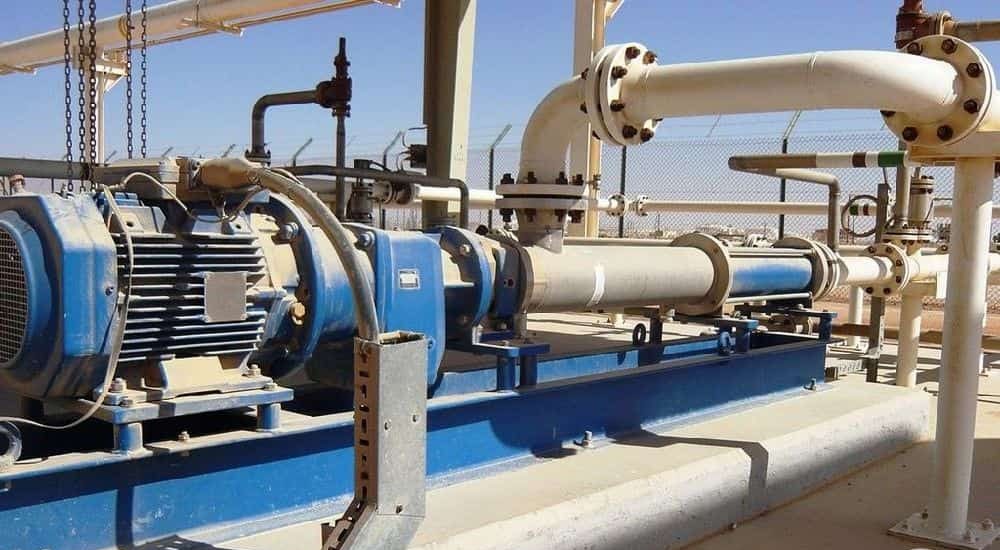
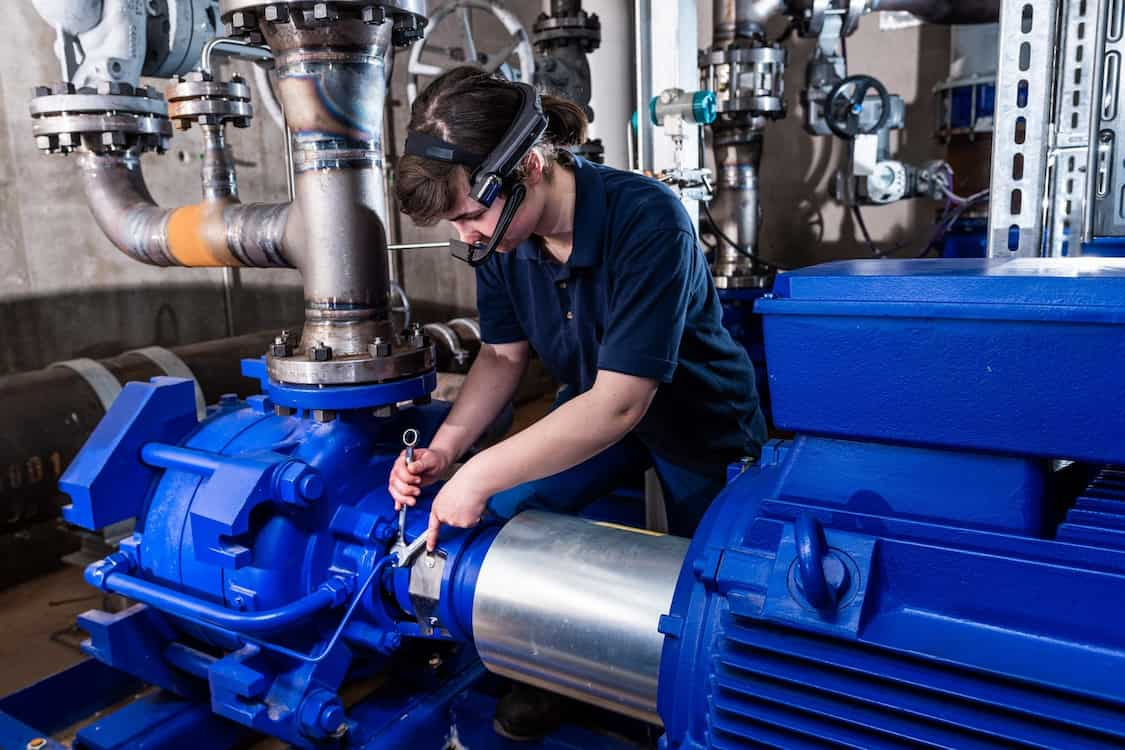
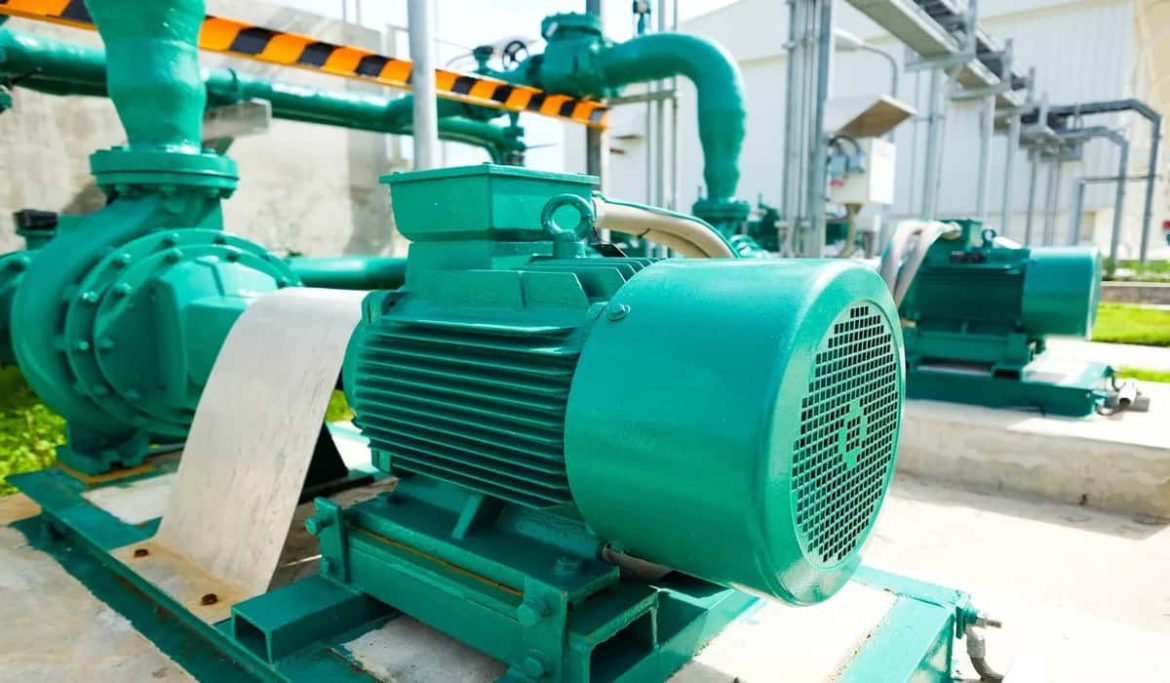
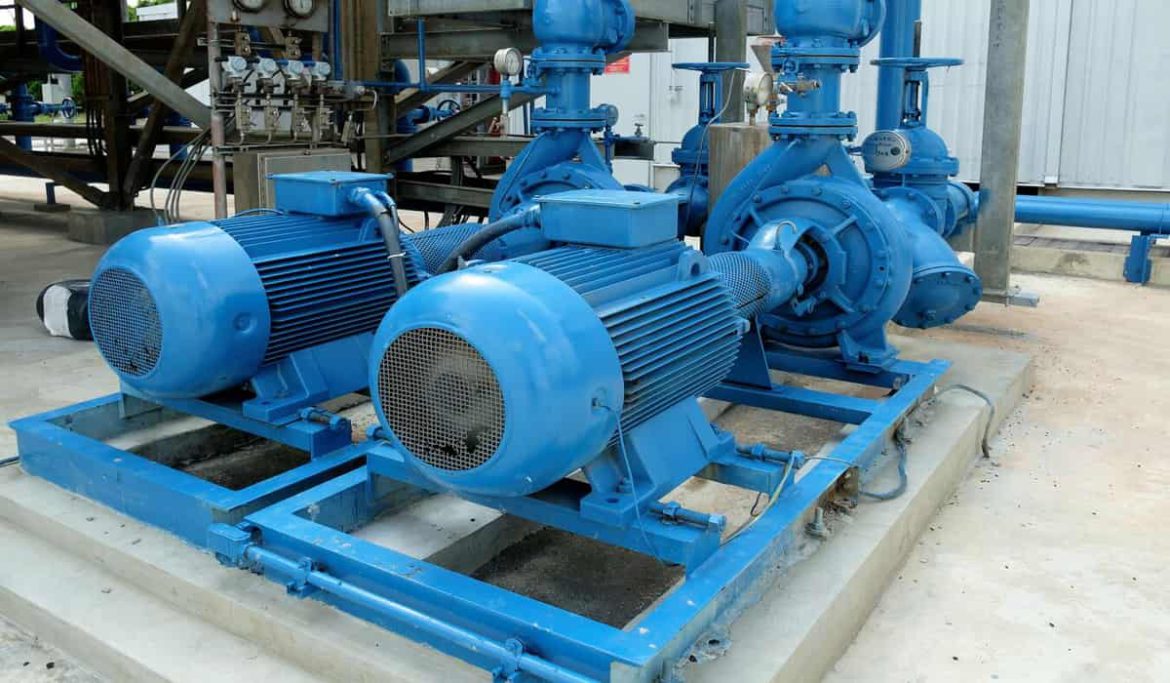
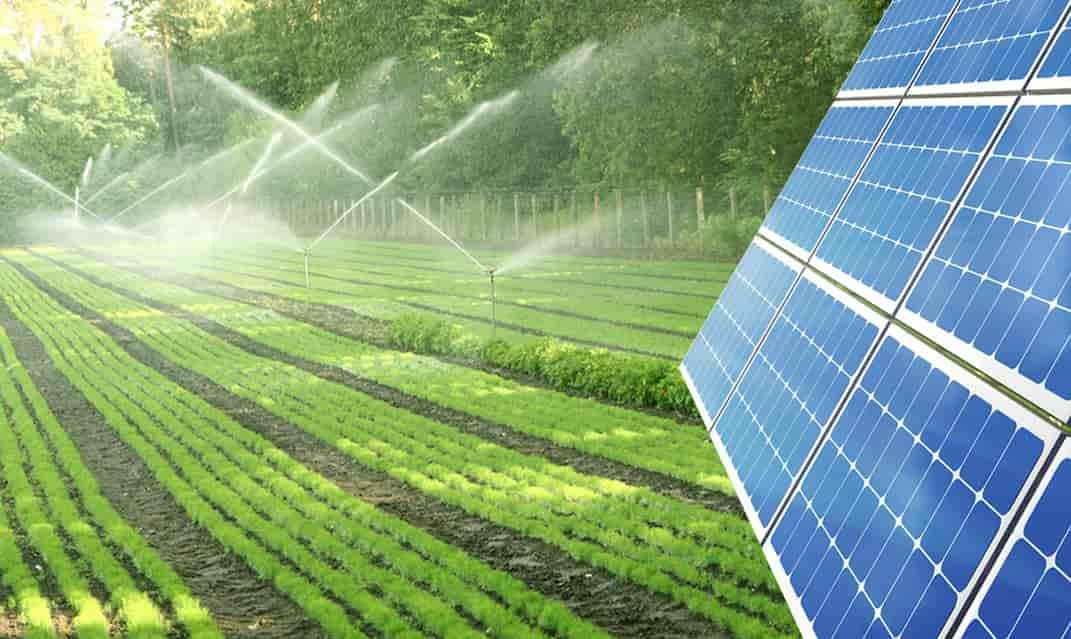
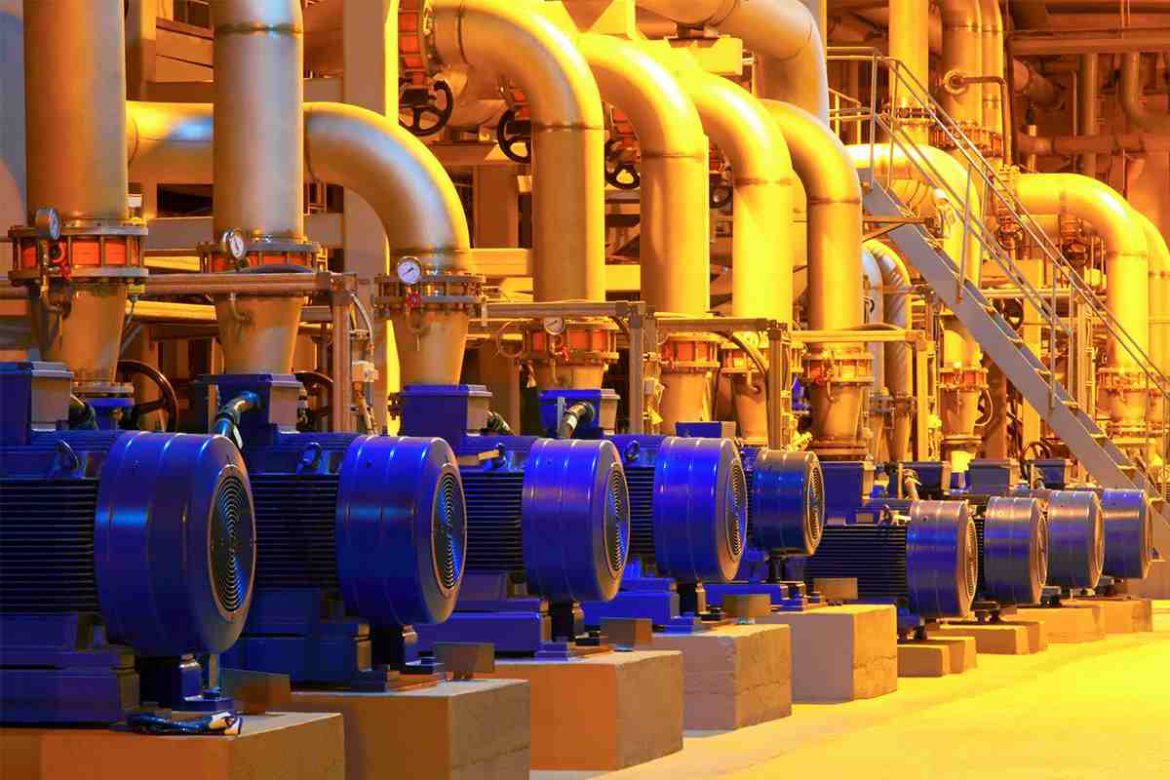
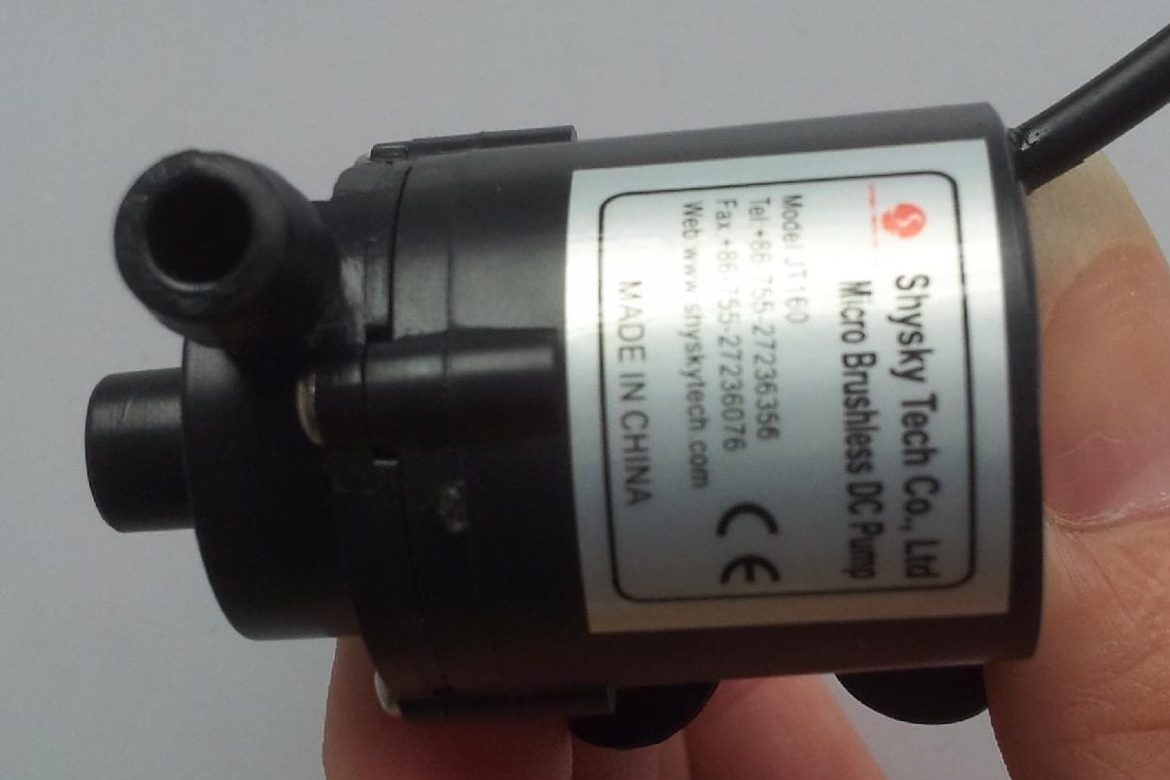
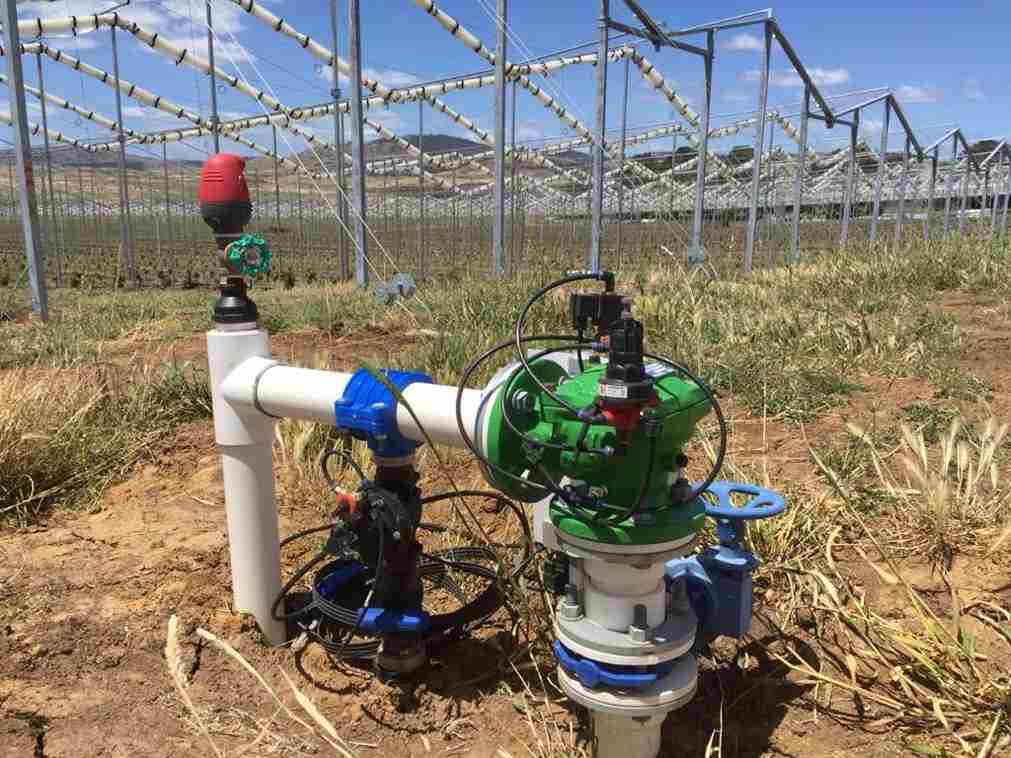
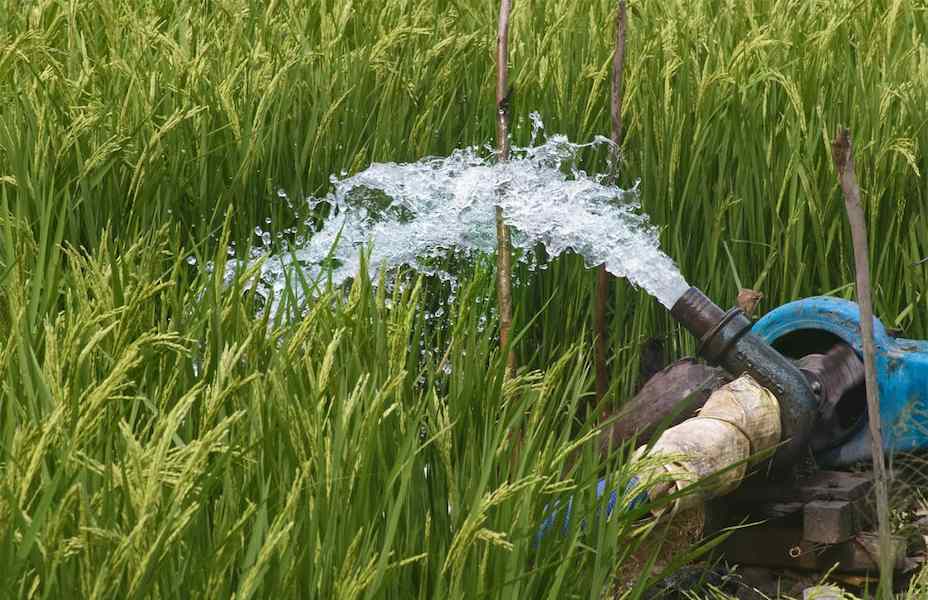
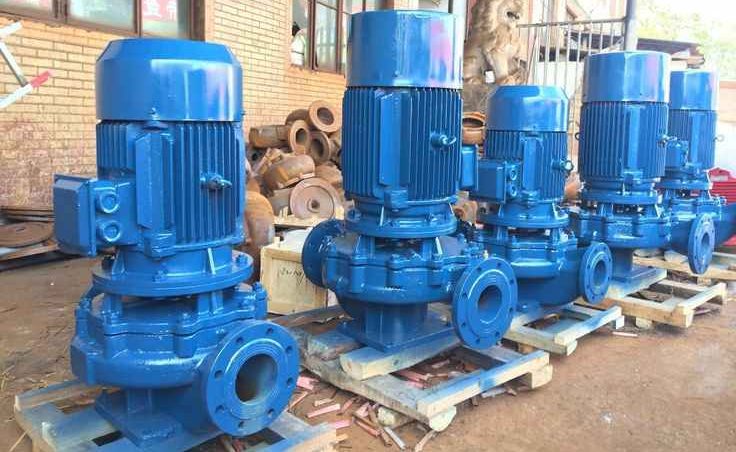
Your comment submitted.